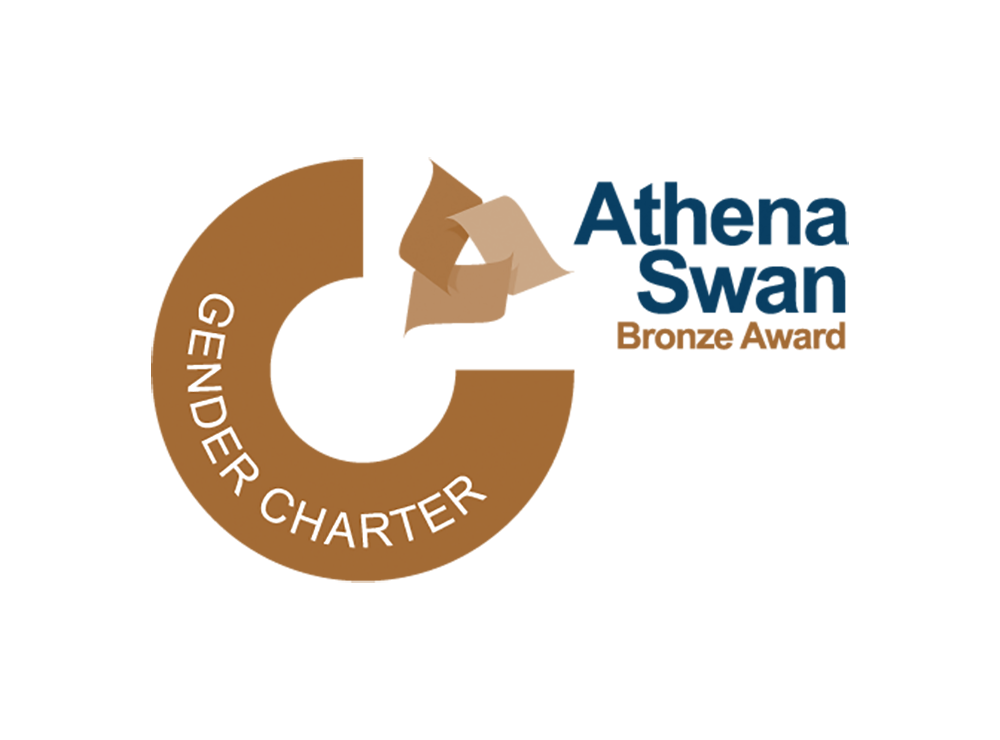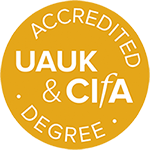Current filters applied:
- (-) Remove Recently Completed Projects filter Recently Completed Projects
- (-) Remove Archived Projects filter Archived Projects
- (-) Remove Science, Technology and Innovation filter Science, Technology and Innovation
Displaying 25 projects
Analysis and evaluation of bronze axe hoards during the Late Bronze Age - Iron Age transition. The project investigates provenance, chronology, technological and cultural aspects of bronze deposition of the European Atlantic region.
A multi-disciplinary research project focusing on St. John's Hospital cemetery, Cambridge, with an aim to learn more about the lives of the medieval urban poor during the bubonic plague epidemic known as the Black Death.
Archaeological data is often biased and incomplete. This is a well-known issue for most archaeologists. Although studies of specific sites and small regions can have this into account, the effect of this problem increases exponentially as archaeologists expand their chronological and geographic...
Archaeometallurgical contributions to various research areas such as the provenance of Shang bronzes, ingenious adaptations of metallurgical technologies to different ecological and socioeconomic constraints, and regional developments of metallurgical traditions.
The metalwork of Pre-Columbian America has long fascinated scholars and the public alike. In addition to the sheer allure of gold, this attraction is exacerbated by the extraordinary technical skill that underpins many of these artefacts, as well as their mesmerising iconography, which evokes a...
The bioarchaeological characterization of disabled individuals from the past is particularly challenging because it pushes the boundaries of the interpretation of pathologies recognisable on human remains. With my project, namely B-CARED, I will investigate the bioarchaeological approaches for...
A multidisciplinary project investigating the interrelations between crop plants, insect pollinators, and human management in prehistory.
This research employs archaeobotanical and biomolecular methods to reconstruct ancient agropastoral change over the first millennium CE in two microregions, the Aravah valley along the southern border of modern Israel-Jordan and the adjacent Negev Highlands. The region witnessed unprecedented...
Investigating residential mobility in the eastern Mediterranean using isotope GeoChemistry’ (EPOCH GeoChem).
Now represented by only two living genera restricted to tropical forests, sloths once were a dominant group within South American ecosystems until as recently as 10 ka, right before the last ice age extinction. Fossil sloths are considered plant eaters, like their modern relatives, but their...
The last decades have witnessed marked achievements of STEM in understanding the remains of humans, animals, and plants from the past by analyzing different materials, both inorganic and organic. These developments have opened-up the great potential for increasing our understanding of cultural...
A large-scale multi-disciplinary study of pre-Roman iron technology in the Iberian Peninsula.
Children experiencing food insecurity, repeated infections and psychosocial stress have compromised development, and increased risk for non-communicable diseases in adulthood. While public health interventions have had limited benefits, addressing this is critical, both from a public health...
Taking as its starting point the radically new perspective offered by recent archaeological discoveries at Rendlesham in SE Suffolk, and with the East Anglian kingdom as the primary case study, this interdisciplinary project (running 2017-2020) aims to establish a new understanding of pathways to...
The project focuses on the models of circulation of raw materials during the Iberian Late Prehistory, as well as the use and social value given to the different materials, with special attention to metals and amber.
This project aims to gain a better understanding of the relationship of Crete with the world outside the island through the lens of a key body of materials: goldwork.
The project centres on the development and application of quantitative methods that model the emergence and extinction of technological diversity. This research builds from the premise that technological innovations can be a key mechanism for mitigating unpredictable or rapidly changing...
Human evolution is a central research area in biology and anthropology and has a history of research going back more than 150 years. For most of that time, evidence has come from digging up fossils and archaeological remains. Research in human evolution has been transformed by the impact of...
During the medieval and renaissance periods, the Low Countries were a key region for trade, international finance, and the arts. Cities such as Bruges, Ghent, Brussels, Amsterdam and Leiden developed large populations, and with high population comes the problems of sanitation. Medieval populations...
The aim of this project is to better understand the health consequences of parasitism in the Roman world. The Romans were responsible for introducing sanitation and hygiene infrastructure to those parts their empire where it did not exist before. Communal latrines for town inhabitants, individual...
Cambridge is home to world-leading researchers across archaeological science, technical art history and heritage science, based at Department of Archaeology, the Fitzwilliam Museum, and the Hamilton Kerr Institute, among others. There are multiple synergies across these institutions in terms of...
Investigating human-animal relations in the ancient Near East, with equids (horses, donkeys and horse-donkey hybrids) as the main focus.
This project will challenge the extant model on the beginning and spread of Islamic glazes, which asserts that they were all derived from the Middle East and spread with Arab expansion, and that new technologies were adopted passively by conquered societies. It will include a variety of glazed ware types dating to the 9th to 13th centuries CE from different regions of Central Asia.
As the complex mosaic of Quaternary human lineages across and beyond Africa becomes increasingly apparent, an accurate chronology is critical to disentangle the patterns and process, particularly those that link human evolution to palaeoenvironmental and climatic change. “Wisdom Teeth” is a NERC-...
This project aims to improve the poor integration of localized data linking various WASH dimensions (infrastructure, access, practices) and children nutritional status at the population level as well as the poor involvement of policy makers concerned with WASH in local and country level nutritional...


